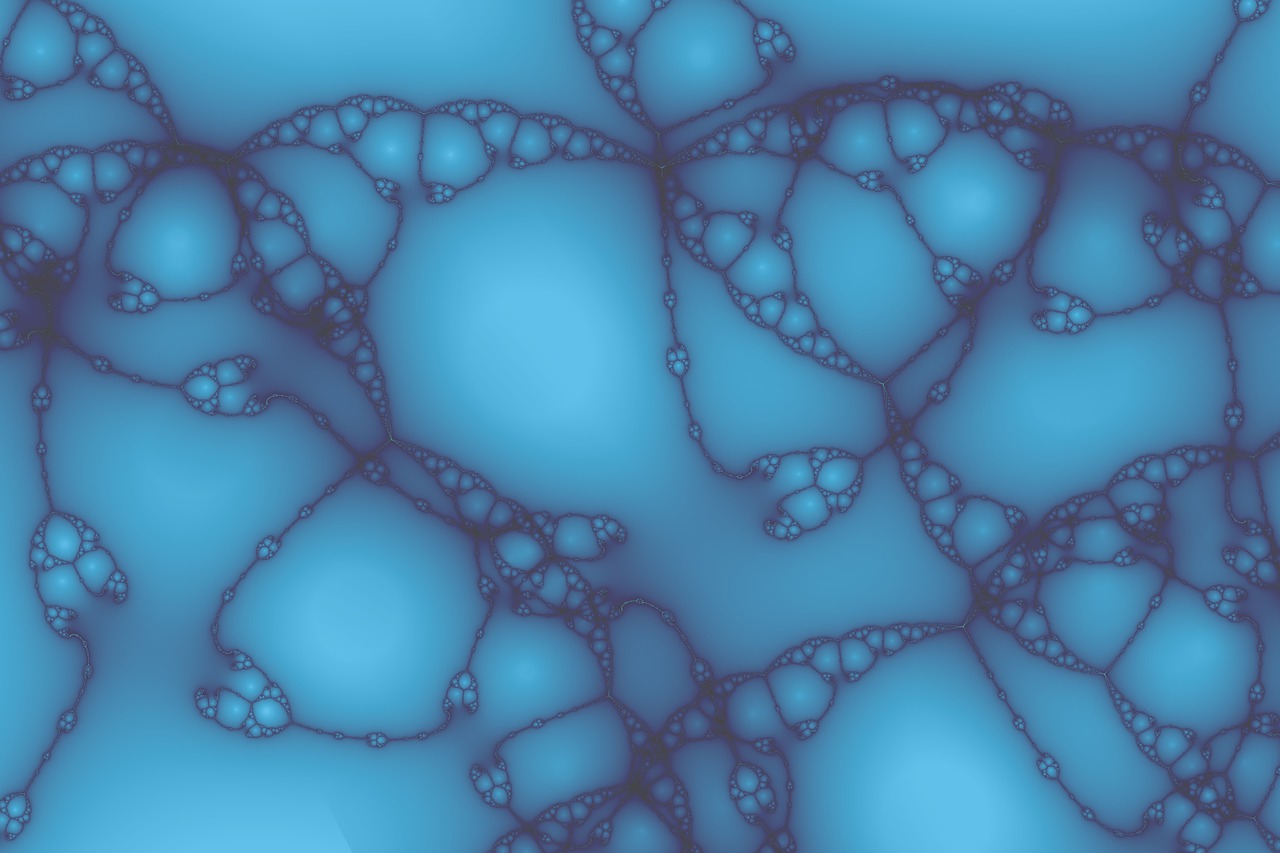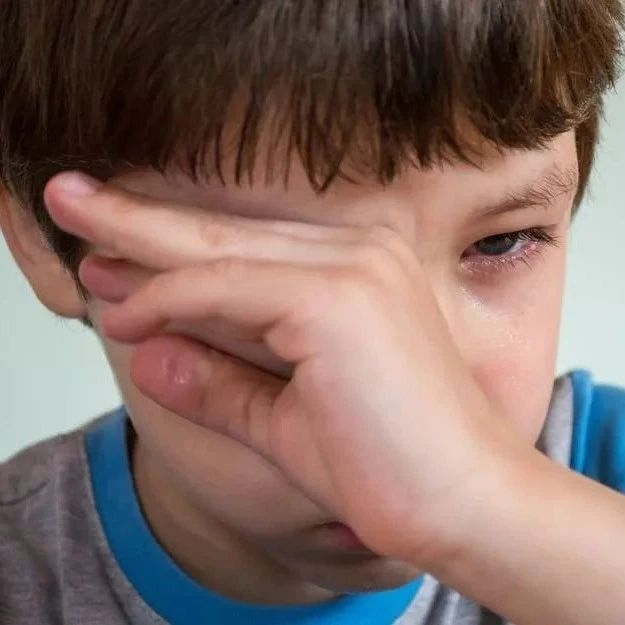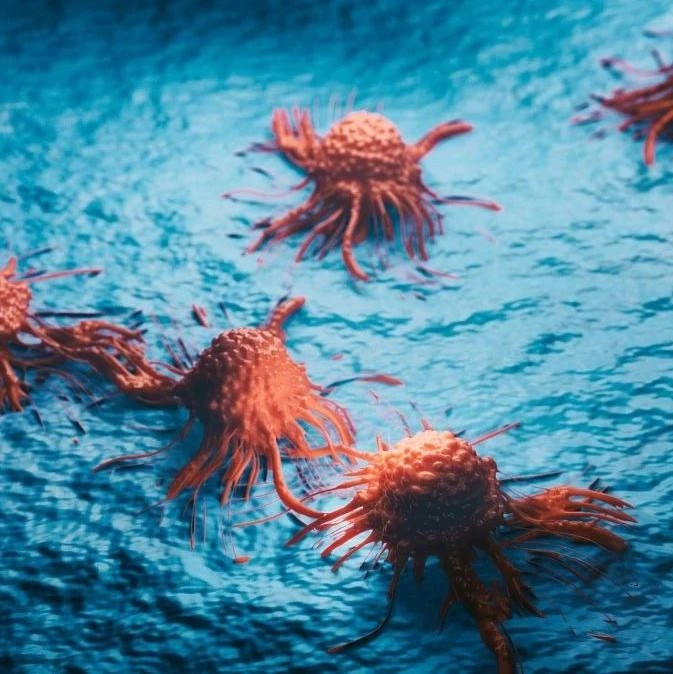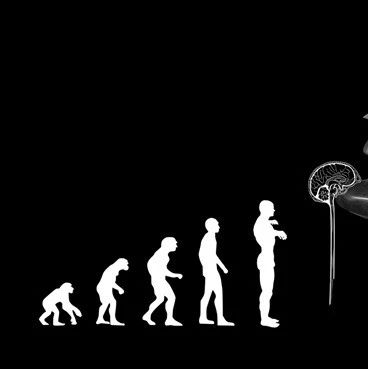摘要:哥伦比亚工程学院的研究人员创立了一种新型细胞疗法来治疗心肌梗死,通过在组织工程平台上打补丁的方式来使心脏组织自我修复,这是防治心血管疾病的一项重大突破。该论文发表在美国《国家科学院院刊》(PNAS)上。
由哥伦比亚大学工程学院生物医学工程系乔丹娜·芒贾克·诺维科维克教授领导的研究小组利用生物复合支架材料为平台,将被修复细胞进行体外培养,然后再用其来增强和改善梗死组织的血液流动。
在梗塞区域,大多数细胞会因为血液供应受阻而死亡,但体外培养的修复细胞可以在梗塞区域存活并发挥功能。研究人员首先剔除心肌细胞,保留蛋白骨架,然后用干细胞填充骨架,最后将补丁移入受损的心脏组织中去。补丁可促进新血管的生长,并释放出能激发原生组织自我修复的蛋白质。此外,这些补丁还可以识别修复过程中的信号传导机制。
目前,研究人员正在研究如何利用干细胞来形成有心脏收缩能力的补丁。
Researchers at Columbia Engineering have established a new method to patch a damaged heart using a tissue-engineering platform that enables heart tissue to repair itself. This breakthrough, recently published in the Proceedings of the National Academy of Sciences https://www.pnas.org/content/early/2011/04/19/1104619108.long,is an important step forward in combating cardiovascular disease, one of the most serious health problems of our day. Led by Gordana Vunjak-Novakovic, Professor of Biomedical Engineering at Columbia University's Fu Foundation School of Engineering and Applied Science, the researchers developed a novel cell therapy to treat myocardial infarction (heart damage that follows a heart attack). They were able, for the first time, to combine the use of human repair cells that were conditioned during in-vitro culture to maximize their ability to revascularize and improve blood flow to the infarcted tissue with a fully biological composite scaffold designed to deliver these cells to the damaged heart. With this platform, they could both keep the cells within the infarct bed (in contrast to the massive cell loss associated with infusion of cells alone) and enhance cell survival and function in the infarct bed, where most of the cells would have died because of the obstruction of their blood supply.
"We are very excited about this new technique," said Dr. Vunjak-Novakovic. "This platform is very adaptable and we believe it could be readily extended to the delivery of other types of human stem cells we are interested in to rebuild the heart muscle and further our research of the mechanisms underlying heart repair."
In effect, the Columbia Engineering team (with Amandine Godier-Fournemont and Timothy Martens as lead authors) removed the cellsof a human heart muscle—the myocardium—leaving a protein scaffold with intact architecture and mechanical properties. They filled the scaffold with human mesenchymal progenitors (stem cells that can differentiate into many cell types) and then applied the patches to damaged heart tissue. The patches promoted the growth of new blood vessels and released proteins that stimulated the native tissue to repair itself. Moreover, the team also used this controllable platform to identify the signaling mechanisms involved in the repair process, and expand our knowledge about the role of cells and scaffold design on heart repair.
"It really is encouraging to make progress with 'instructing' cells to form human tissues by providing them with the right environments," noted Dr. Vunjak-Novakovic. "The cells are the real 'tissue engineers'—we only design the environments so they can do their work. Because these environments need to mimic the native developmental milieu, the progress in the field is really driven by the interdisciplinary work of bioengineers, stem cell biologists, and clinicians. By enabling regeneration and replacement of our damaged tissues, we can help people live longer and better."
Dr. Vunjak-Novakovic and her team already have several active research projects that continue this line of work. They are now investigating the formation of a contractile cardiac patch using human stem cells that can give rise to both the muscle and vascular compartments of the heart muscle. They are also studying how the cells within such a cardiac patch, when implanted on infarcted heart tissue, develop their ability to generate mechanical force and electrical conduction, and how these functions can be modulated by in-vitro culture.
"Ultimately, we envision this system as a possible point of care approach," said Dr. Vunjak-Novakovic, "with components actually producedand assembled in the operating room to most effectively target-signaling mechanisms involved in the repair process of someone's damaged heart."







